Top 10 Best Mining Company In India In 2022
Top 10 Best Mining Company In India In 2022
Mining is the extraction of valuable minerals or other geological materials from the Earth’s surface, typically from an orebody, lode, vein, seam, reef, or placer deposit. The financial impact of investing in the equipment, labour, and energy needed to extract, refine, and transport mined materials to manufacturers who can use them is determined by the equipment, labour, and energy designed to retrieve, refine, and transport mining process materials to manufacturers who can use them.
Mining produces metals, coal, oil shale, gemstones, limestone, chalk, rock salt, potash, gravel, and clay, which are some ores. Most materials that cannot be generated through agricultural processes or produced artificially in a laboratory or factory require mining.
Extraction of any non-renewable resource, like petroleum, natural gas, or even water, is called mining in a broader sense. Prospecting for ore bodies, analysing the economic potential of a proposed mine, extracting the resources, and final reclamation of the land when the mine is closed are all part of modern mining processes.
Mining operations almost always negatively influence the environment, both during the mining process and after the mine has closed. Most countries have implemented restrictions to reduce the impact; because mining plays a prominent role in providing revenue for rural, distant, or economically impoverished regions, governments sometimes fail to enforce regulations adequately.
Workplace safety has long been a concern, and mining safety has improved where contemporary methods have been strictly implemented. Furthermore, unregulated or poorly managed mining frequently contributes to local human rights violations and resource conflicts, mainly in emerging nations.
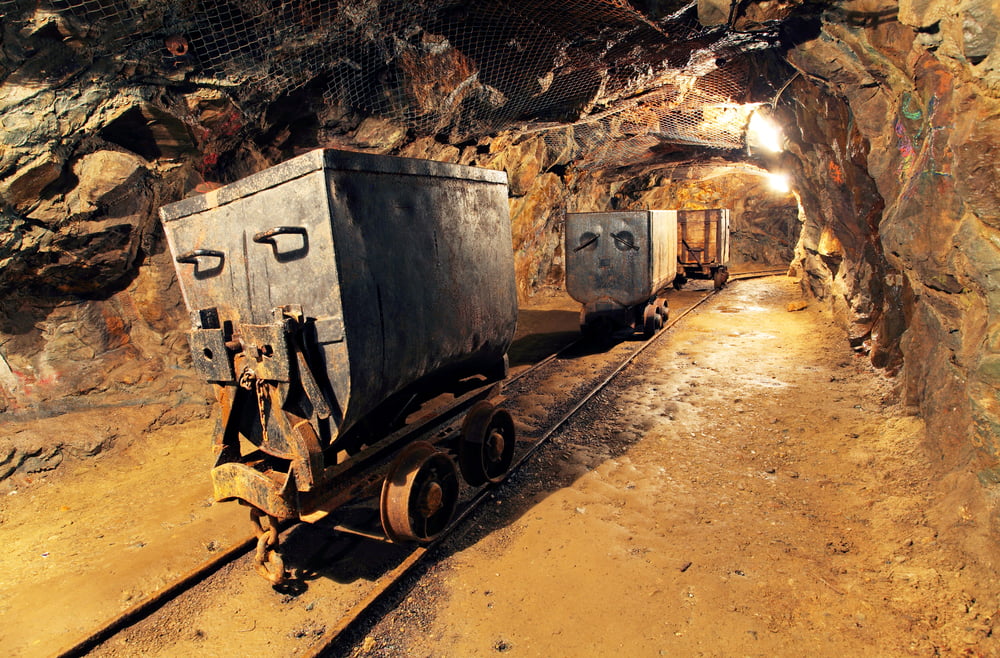
An Overview of India’s Mining Industry
Minerals are the backbone of any nation’s economic progress, and India has been eminently blessed with this natural endowment. There is ample evidence that the country has been exploiting minerals like coal, iron ore, copper, and lead-zinc since the dawn of time. The first documented history of mining in India came from 1774 when the East India Company granted a licence to an English company to mine coal at Raniganj.
In 1880, M/s John Taylor & Sons Ltd. began gold mining in the Kolar Gold Fields. In 1866, the first oil well was sunk in Digboi, just seven years after the first oil well was drilled anywhere in the globe, in Pennsylvania State, USA, in 1859. As the world became more industrialised, the demand for and hence the output of several minerals increased.
Mining has grown at a breakneck pace since India’s independence, thanks to the impact of consecutive Five Year Plans. During the 8th Five Year Plan and beyond, ambitious ambitions are to increase mineral production in the coal, metalliferous, and oil sectors.
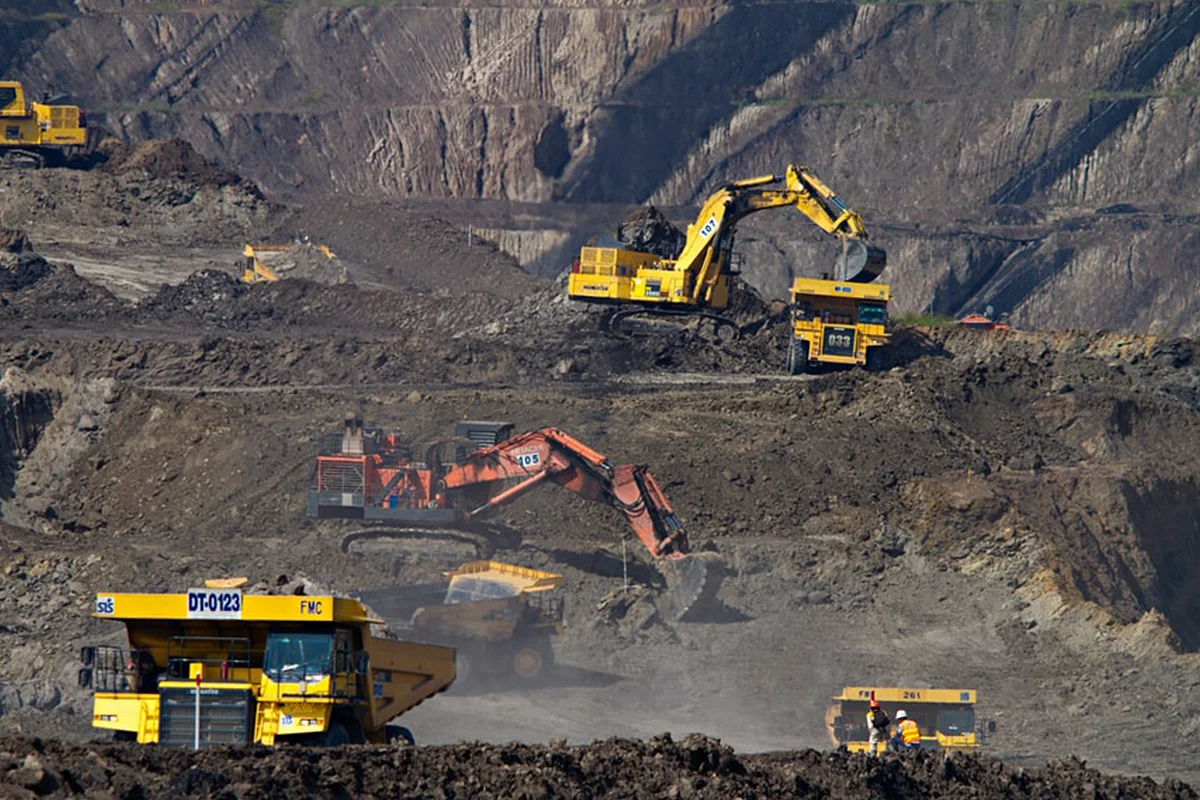
Coal: Deposits & Exploration
The Permian, often known as “Gondwana” coals, and the Tertiary are the two geologic horizons in which India’s primary usable coal seams are found. A large sequence of freshwater sediments contains 99 per cent of the country’s coal deposits.
In notable modern-day river valleys, isolated basins, like the Damodar, Koel, Sone-Mahanadi, Pench-Kanhan, and Pranhita-Godavari, constitute the largest coalfields. Except for the minor and lenticular occurrences of coal along the Himalayan slopes, around 50 coalfields ranging in size from a few km2 to as much as 1500 km2 are recognised today.
The Top 10 Best Mining Companies in India in 2022 are listed below.
In India, there are 545 metallic mines, and the remainder is non-metallic mines, with a total of 1,229 reported mines (FY21). This burgeoning industry relies heavily on indigenous infrastructure and the automobile industry, as evidenced by India.
India also produces approximately 95 minerals and is the world’s third and fourth-largest coal and iron ore producer, respectively.
In terms of market size, Coal Production was 715.95 MT in FY21, Iron Ore Production was 189 MT, Crude Steel Production was 102.49 MT, and Aluminum Production was 3.65 MT.
The government of India has approved a fund of Rs. 6,322 crore for five years under the Output-Linked Incentive to improve steel production in India.
Many mining companies in India manage to maintain their position by working in the processing and production industries with thousands of dedicated employees.
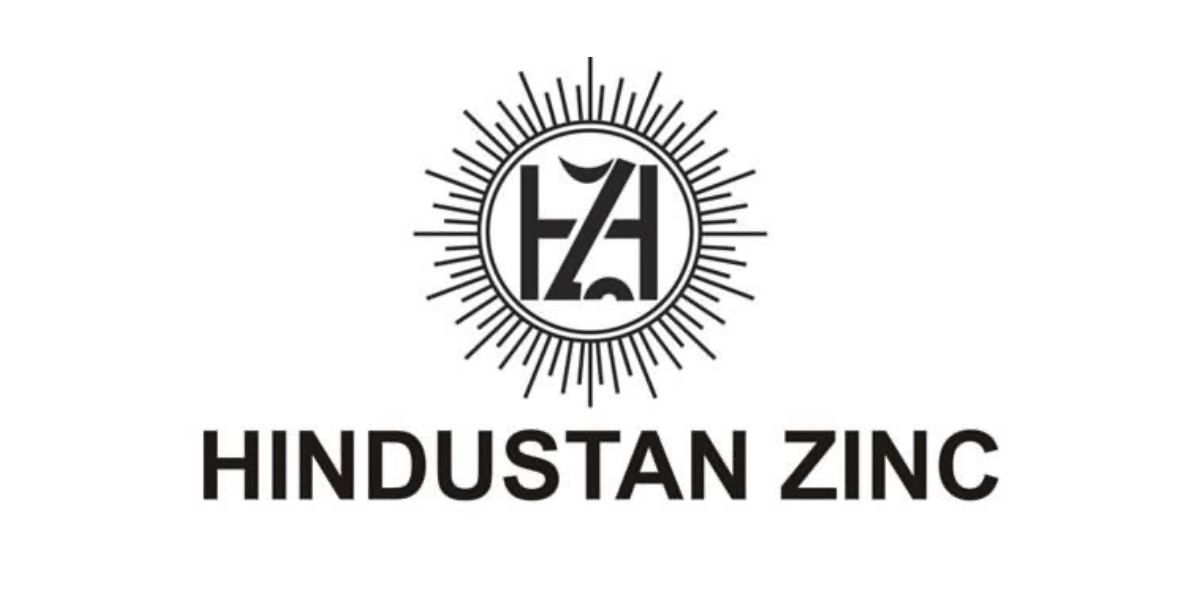
1. Hindustan Zinc
Hindustan Zinc Limited (HZL) is integrated zinc, lead, silver, and cadmium mining and resource company based in India. It is a Vedanta Limited subsidiary. It was once a Central Public Sector Undertaking that was sold by the Government of India to Vedanta Limited in 2003 when Atal Bihari Vajpayee and the Bharatiya Janata Party were in power.
HZL is the second-largest zinc producer in the world. They are a leading worldwide lead and silver producer and one of the world’s largest integrated zinc producers.
On 10 January 1966, Hindustan Zinc Limited was formed as a Public Sector Undertaking from the former Metal Corporation of India.
The company was placed up for sale in 2001 as part of the government’s loss-making PSU disinvestment initiative.
Sterlite Opportunities and Ventures Limited (SOVL) made an open offer for the company’s shares in April 2002, following the disinvestment of the Government of India’s (GOI) stake of 26 per cent, including management control, to SOVL, and the acquisition of an additional 20 per cent of shares from the public, as required by the SEBI Regulations 1997.
In August 2003, SOVL exercised a call option clause in the share holder’s agreement between GOI and SOVL and purchased additional shares from GOI totalling 18.92 per cent of the paid-up capital.
SOVL’s share in the company increased to 64.92 per cent due to the aforesaid further acquisition. As a result, GOI now owns 29.54 per cent of the company. In April 2011, SOVL merged with Sterlite Industries India Ltd. In August 2013, Sterlite Industries and Sesa Goa Ltd amalgamated to establish Sesa Sterlite Limited. In April 2015, Sesa Sterlite was renamed Vedanta Limited. Vedanta Limited has become Hindustan Zinc, a direct subsidiary.
Operations
Mining
In Rampura Agucha, Rajasthan, HZL operates the world’s third-largest open-pit mine and the world’s largest zinc mine. Other HZL mines can be found in Rajasthan’s Rajpura and Dariba, Sindesar Khurd, Kayar, and Zawar. HZL is one of the world’s lowest-cost zinc producers.
Smelting
With combined zinc and lead production capacity of 10 lakh tonnes, HZL operates zinc and lead smelters and refineries in Rajasthan at Chanderiya (Chittorgarh), Debari (Udaipur), and Dariba (Rajsamand). In Uttarakhand’s Pantnagar, a smelting facility was developed. It was built to serve as a silver smelting factory, but zinc and lead melting and casting units were later added. For the 2014–2015 fiscal year, total metal production was 8,80,000 tonnes. It has a zinc smelter in Vizag, Andhra Pradesh, shut down since February 2012.
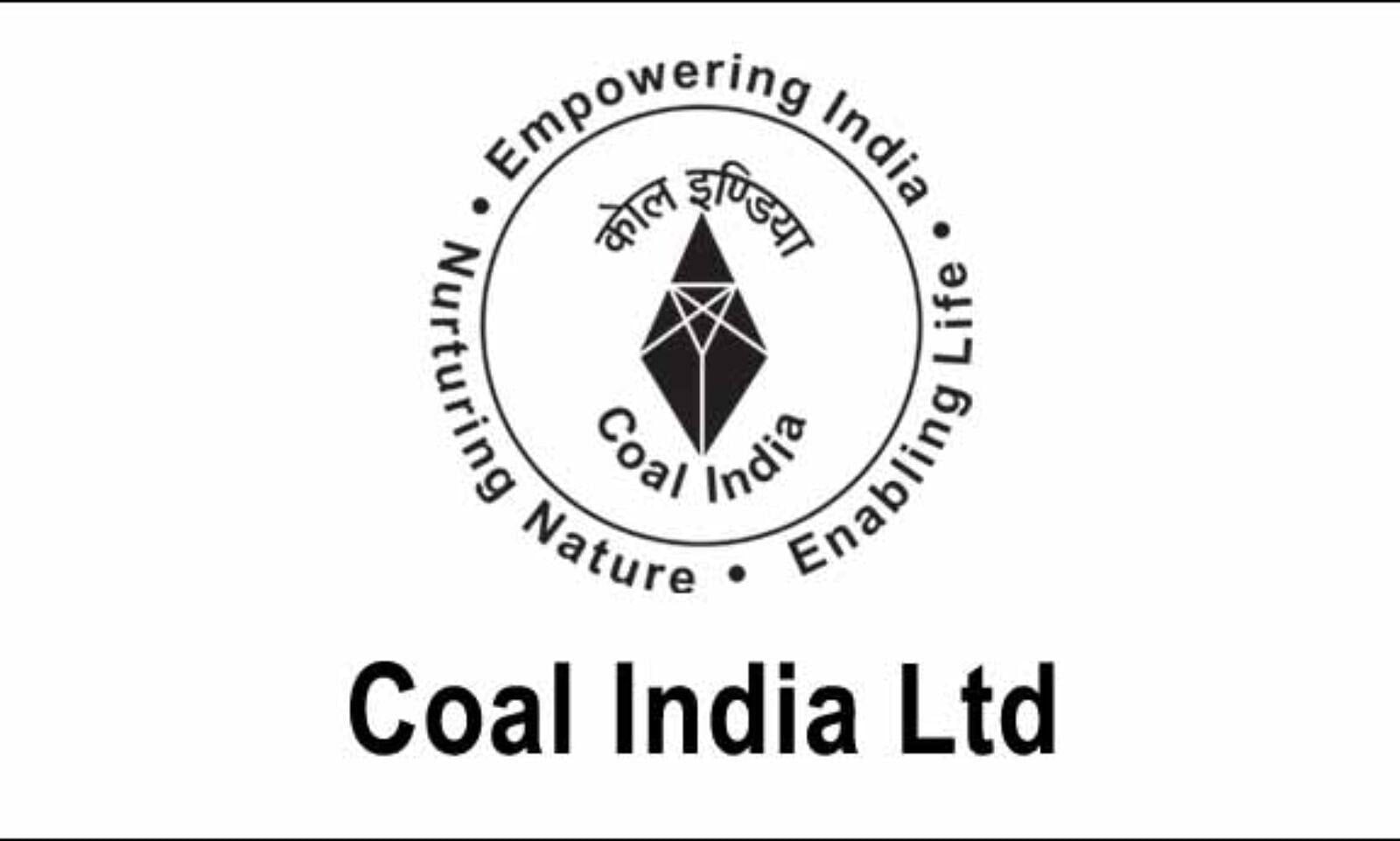
2. Coal India Limited
Coal India Limited (CIL) is a coal mining and refining company controlled by the Indian government. It is owned by the Government of India’s Ministry of Coal, situated in Kolkata. It is a Maharatna public sector firm and the world’s largest coal producer. With over 272,000 people, it is India’s fifth-largest employer.
The corporation accounts for over 82 per cent of India’s entire coal production. In 2016–17, it produced 554.14 million tonnes of raw coal, up from 494.24 million tonnes in FY 2014–15, and earned earnings of 95,435 crore (US$13 billion) from coal sales in the same financial year.
The Government of India bestowed Maharatna status on CIL in April 2011, making it one of just seven organisations to get this honour. CIL is a PSU owned by the Central Government of India, which manages its activities through the Ministry of Coal. As of October 14, 2015, CIL is a PSU owned by the Central Government of India. CIL’s market capitalisation was 2.11 lakh crore (US$28 billion) on October 14, 2015, making it India’s eighth most valuable corporation.
CIL is the world’s largest coal mining corporation. During FY 2015–16, it produced 536.51 MT (million tonne) coal. Coal India operates in 83 mining locations throughout eight Indian states. It contains 430 coal mines as of April 1, 2015, with 175 open cast mines, 227 underground mines, and 28 mixed mines. During FY 2014–15, open cast mine output accounted for 92.91 per cent of the total production of 494.24 MT.
Underground mines accounted for 7.09 per cent of total output. It operates 15 coal washeries, 12 of which are for coking coal and three for non-coking coal, with capacities of 23.30 MTY and 13.50 MTY, respectively. The Dankuni Coal Complex’s only Low-Temperature Carbonisation Plant is now leased by CIL’s affiliate SECL. It oversees 200 other facilities, including workshops, hospitals, training institutes, and mine-clearing operations.
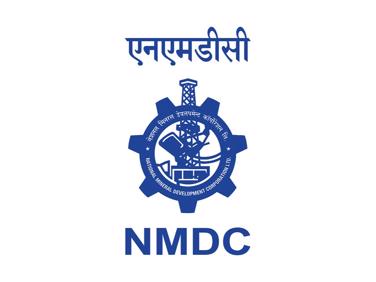
3. National Mineral Development Corporation (NMDC)
National Mining Development Corporation (NMDC Limited) is a government-owned mineral producer. It is owned by the Government of India’s Ministry of Steel.
It works on iron ore, copper, rock phosphate, limestone, dolomite, gypsum, bentonite, magnesite, diamond, tin, tungsten, and graphite.
India’s largest iron ore producer, with three automated mines producing more than 35 million tonnes of iron ore in Chhattisgarh and Karnataka. It owns and operates the country’s sole mechanised diamond mine in Panna, Madhya Pradesh.
Operating mines
- Bailadila Iron Ore Mine, Kirandul Complex, South Bastar district, Dantewada (C.G.)Steel
- Bailadila Iron Ore Mine, Bacheli Complex, South Bastar district, Dantewada (C.G.)
- Donimalai Iron Ore Mine, Donimalai, Bellary district, Karnataka (at December 2019 suspended for over a year due to a royalty dispute)
- Diamond Mining Project, Majhgawan, Panna (M.P.)
NMDC Ltd. has expanded into other steel industry raw materials, like low silica limestone. Through its subsidiary J K Mineral Development Corporation Limited, the company is looking to produce dead charred magnesite and add value.
Uttar Pradesh State Mineral Development Corporation Ltd has handed over a silica sand mining and beneficiation project to NMDC Ltd. The plant is planned to produce 300,000 tonnes of beneficiated high purity silica sand per year as the raw material for float/sheet glass manufacture.
NMDC, Indian Rare Earths Limited (IRE), and Andhra Pradesh Mineral Development Corporation have signed a memorandum of understanding to form a joint venture to develop Bheemunipatnam Beach Sand. The project entails beach sand mining, the construction of an ilmenite concentrate mineral separation facility, and a downstream value addition plant for converting ilmenite into synthetic rutile/TiO2 slag/TiO2 pigment with pig iron as a by-product.

4. Hindalco Industries
Hindalco Industries is a subsidiary of the Aditya Birla Group that produces aluminium and copper in India. The company’s headquarters are in Mumbai, Maharashtra, India.
The company has a revenue of $15 billion per year and employs about 20,000 people. Among the Forbes Global 2000 firms, it is placed 895th. At the end of May 2013, it had a market capitalisation of US$3.4 billion. Hindalco is a leading primary aluminium producer in Asia and one of the world’s largest aluminium rolling companies.
The Aditya Birla Group founded the Hindustan Aluminum Corporation Limited in 1958. The company started producing aluminium metal and alumina in Renukoot, Uttar Pradesh, in 1962, with a capacity of 20 thousand metric tonnes of aluminium metal and 40 thousand metric tonnes of alumina per year.
Operations:
Power plants
- Renusagar Power Plant. An 826.57 MW captive power plant, is about 40 km from Renukoot, Sonebhadra district, Uttar Pradesh.
- Hirakud Captive Power Plant. There is a 467.5 MW captive power plant located at Hirakud, Sambalpur District, Odisha. This plant supplies power to Hirakud smelter of Hindalco Industries.
- Utkal Alumina Captive Power Plant. There is a 90 MW captive power plant located at Doraguda, Rayagada District, Odisha. This plant supplies power to Utkal Refinery of Hindalco Industries.
- Aditya Captive Power Plant. A 900 MW captive power plant is located at Lapanga, Sambalpur District, Odisha. This plant supplies power to Aditya smelter of Hindalco Industries.
- Mahan Hindalco Industries Ltd., a 900 MW captive power plant and alumina smelter located in Bargawa 20 Km from Singrauli.
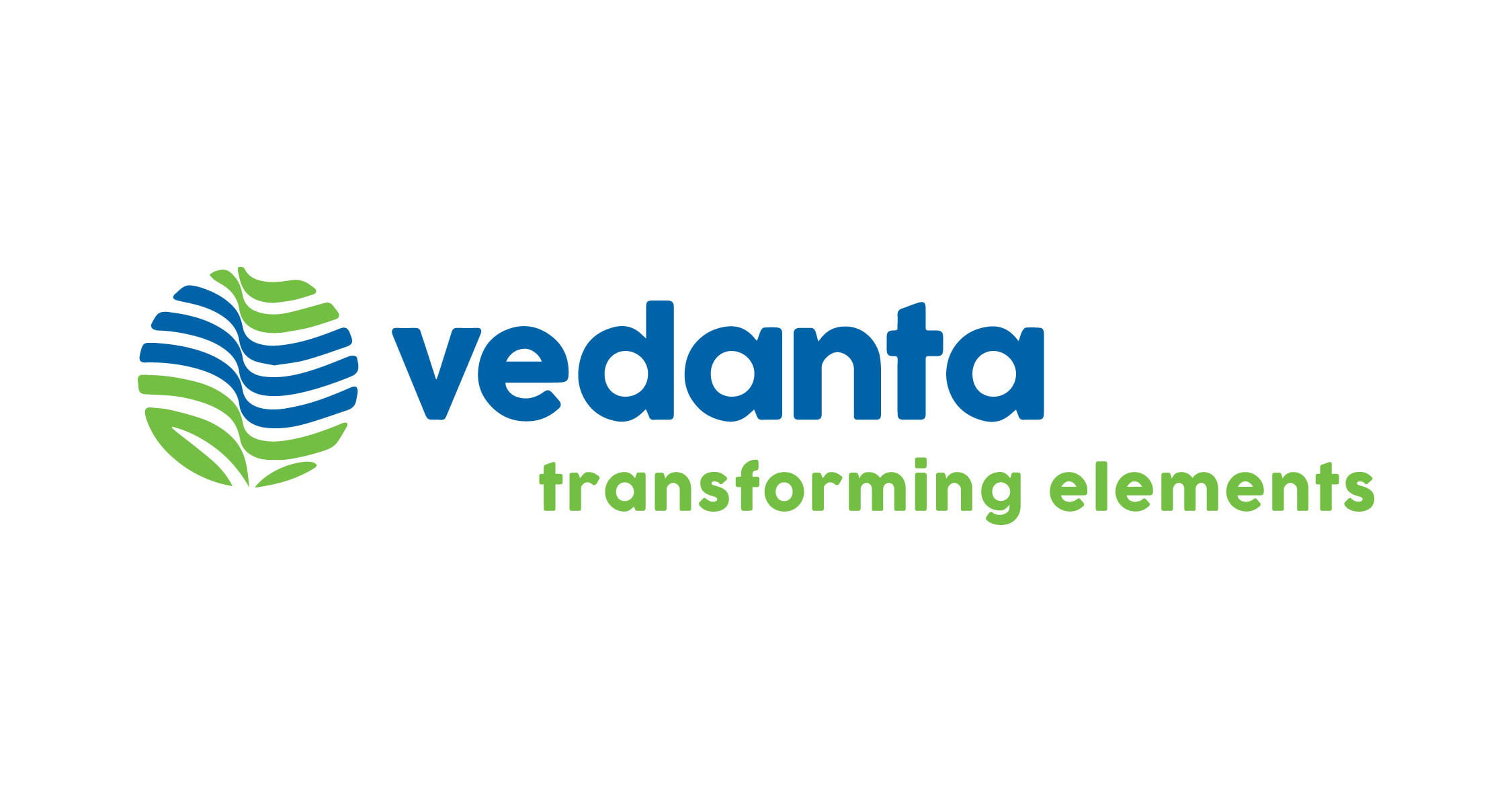
5. Vedanta Limited
Vedanta Limited is an Indian multinational mining firm with iron ore, gold, and aluminium mines in Goa, Karnataka, Rajasthan, and Odisha.
Though the organisation was founded in Goa and Karnataka, it has steadily expanded its activities to include Odisha, Rajasthan, Chhattisgarh, Tamil Nadu, Punjab, Gujarat, and Andhra Pradesh in recent years.
Vedanta Limited owns, leases, and operates the following entities in India:
- Bharat Aluminium Company: In February 2001, the Government of India approved the sale of its 51 per cent ownership in BALCO to Sterlite Industries (now Vedanta Limited) for Rs.551.5 crores in a major dis-investment agreement. The Indian government owns the remaining 49.0 per cent. BALCO was a profit-making public sector company founded in 1965 that played a critical role in boosting the use of aluminium in a range of items, from home utensils to aerospace and defence. BALCO is a vertically integrated aluminium manufacturer with captive bauxite mining, captive power plants, and smelter. It is based in Korba, Chhattisgarh.
- Hindustan Zinc Limited (HZL) is based in Udaipur, Rajasthan. The NSE and BSE both list and trade HZL’s equity shares. Vedanta holds 64.9 per cent of HZL’s stock and controls the company’s management. A call option covers the government of India’s remaining ownership interest in Sterlite.
- Sterlite Copper (Tuticorin): Sterlite is based in Tuticorin, Tamil Nadu, India, and has a registered office there. Since 1988, Sterlite has been a publicly traded corporation in India, with equity shares listed and sold on the NSE and BSE and ADSs listed and traded on the NYSE. Vedanta owns 53.9 per cent of Sterlite and controls the company’s management. Tuticorin residents began protesting for not adhering to environmental clearance issues. The Tamil Nadu Pollution Control Board accused the firm of emitting toxic gas into the atmosphere. According to the report, on the night of March 23, 2013, sulphur-dioxide levels had soared to new heights. More people were harmed by cancer and other lung illnesses due to a 2939.55 mg/cubic metre reading, which was more than the authorised limit of 1250 mg/cubic metre, but the Indian government took no action.
- A pair of stars (a Mauritius-based offshore holding company that owns sizable parts of Vedanta limited)
- Cairn Energy India and Cairn India (oil and offshore exploration)
- Goa’s (now frozen statewide) and Karnataka’s mines (owned by Vedanta limited)
- Jharkhand’s Electrosteel Steels Limited (through Vedanta star, a holding company)
- Talwandi Sabo’s power is restricted (a thermal power plant in Mansa, near Bathinda, Punjab)
- Vedanta Aluminium: A global aluminium company is based in Jharsuguda, Odisha, Vedanta Aluminium. Vedanta Aluminium is owned by Vedanta, which holds 70.5 per cent of the company’s stock, and Sterlite, which owns the remaining 29.5 per cent. Vedanta Aluminium manufactures ingots, billets, and wire rods sold in international markets. Raykal Aluminium, a subsidiary of L & T, has been bought by Vedanta Aluminium Limited (VAL). Vedanta Aluminium would purchase Raykal Aluminium in stages based on achieving specified milestones. Vedanta is pursuing a growth strategy. It expects to generate roughly 1.5 million tonnes of aluminium from its Jharsuguda and Korba smelters in the fiscal year 2016-17, making it India’s largest aluminium producer. Its alumina refinery at Lanjigarh expects to produce 1.5 million tonnes of alumina per year, with plans to increase to 4 million tonnes per year shortly, depending on the availability of domestic bauxite. Despite NGO-sponsored campaigning, the Lanjigarh smelter has received widespread support from local residents who perceive it as a key source of jobs and income.
MALCO (Madras Aluminium Company) is based in Mettur, India. The NSE and BSE are listed and traded MALCO’s equity shares. It holds 93.9 per cent of MALCO’s stock and controls the company’s management.
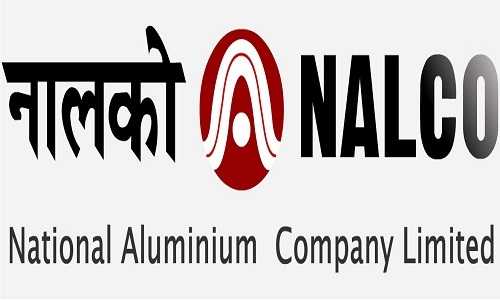
6. National Aluminium Company
NALCO (National Aluminium Corporation Limited) is a government-owned corporation with integrated and diverse mining, metals, and power operations. The Ministry of Mines, Government of India, owns it. The government of India currently owns 51.5 per cent of NALCO.
It’s one of the country’s largest integrated Bauxite-Alumina-Aluminium-Power Complexes, with bauxite mining, alumina refining, aluminium smelting and casting, power production, rail, and port operations.
According to a Wood McKenzie assessment, the company is the world’s lowest-cost producer of metallurgical grade alumina and the lowest-cost producer of bauxite. The Company’s export earnings accounted for around 42 per cent of sales turnover in 2018-19. According to the Public Enterprise Survey report, the Company is ranked as the third-highest net export earning CPSE.
To meet the challenges of an ever-changing market and position the Company on a sustainable growth path, a new corporate plan has been developed with a well-defined three-year action plan, seven-year strategy, and fifteen-year vision of being a Premier and Integrated Company in the Aluminum Value Chain with strategic presence in the Mining, Metals, and Energy sectors. By 2032, the Corporate Plan has laid out a blueprint for multifold sales and profit growth.
As a responsive corporation, the Company harness renewable energy by the Government of India’s ambitious programmes. The company has already put 198 MW of wind power facilities in place, with another 50 MW on the way, making it the largest producer of renewable energy among PSUs.
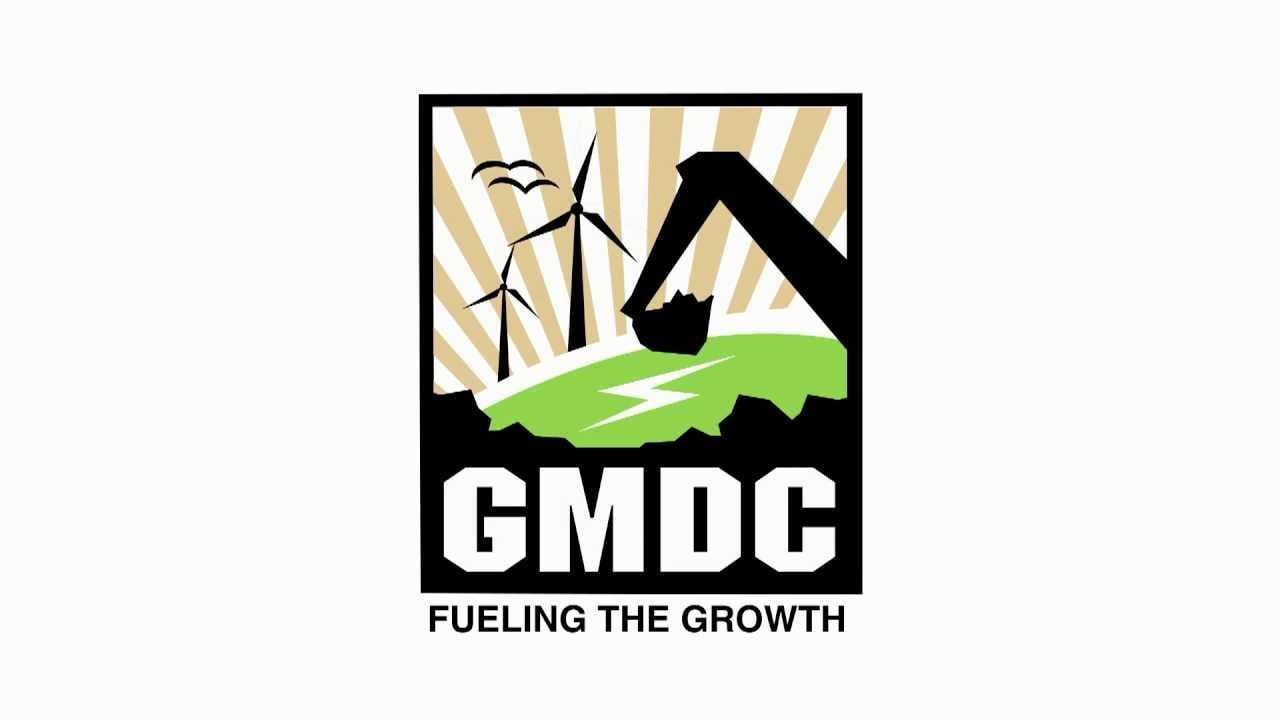
7. GUJ Mineral
Gujarat Mineral Development Corporation Limited (GMDC), headquartered in Ahmedabad, is a prominent Indian state-owned minerals and lignite mining corporation.
GMDC was established in 1963. Essential energy minerals like lignite, basic metals, and industrial minerals like bauxite and fluorspar are the company’s offerings. The Gujarat government has awarded GMDC permission to form a joint venture with NALCO for a 1 million tonnes per year refinery.
Akrimota Thermal Power Station, a 250 MW (2×125 MW) lignite-based thermal power plant located in hamlet Nanichher in Lakhpat Taluka, Kutch District, is owned and operated by GMDC.
Product range
Since its inception, the company has expanded in size and strength. The company began operations in 1963 with a modest silica sand quarry. It started with bauxite mines in Kutch in 1964 and owned and operated six bauxite operations. In 1971, GMDC opened a beneficiation plant to process 500 million tonnes of fluorspar ore and generated calcium fluoride, which is used to produce hydrofluoric acid and as a flux in the metallurgical industry. A captive mine was developed at Ambadungar to supply the plant.
In 1976, lignite was found in Gujarat, and the Gujarat Mineral Development Corporation (GMDC) opened its first lignite mines in Panadhro. GMDC established a captive refining plant with copper mines at Ambaji in 1980. Another lignite mine was discovered and started in Rajpardi, near Bharuch, in 1983. It built a calcination factory in Gadhsisha, Kutch, in 1992 to add value to the bauxite is mined.
To use the lignite it mined, GMDC built a thermal power station in Nani-Chher, Kutch, in 1996. More lignite mines were started by GMDC in 2005 and 2009, respectively, in Tadkeshwar near Surat and Bhavnagar. In 2006, it also established manganese ore mines in Panchmahals’ Shivarajpur.
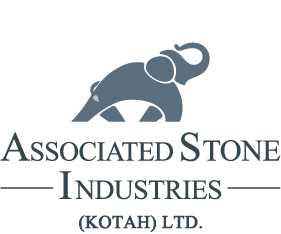
8. ASI Industries Ltd.
ASI Industries Ltd. (ASI), the world’s largest stone mining firm and India’s only publicly-traded company, began operations in pre-independence India in 1945. The company has a long and illustrious history of providing high-quality Kota stone goods to its consumers.
At Ramganjmandi, Rajasthan, ASI owns the world’s largest stone mining quarry, which spans 10 square kilometres and is home to the world’s finest Kota Stone. The quarry produces about 12 million square metres of Kota Stone every year. The Company has been breaking new ground in the stone mining industry for more than seven decades by combining cutting-edge technical advancement with industry experience gained throughout its long existence.
ASI has revolutionised the Indian stone industry and set the bar for novel mining techniques.
Thanks to a team of 5000 dedicated, energetic, and driven people who utilise the greatest diamond tool units for cutting, sawing, and shaping many natural stones, it produces some of the highest quality goods that meet international requirements.
Al-Rawasi Rocks & Aggregate LLC., Fujairah, United Arab Emirates, pioneered in the manufacturing and supplying a diverse variety of high-quality hard limestone rock products, was acquired by the Company in 2014, bolstering its global status. A Sand Washing Plant was installed and operationalised at this site in January 2018.
The Company works to keep up with technology trends and procedures as they change, with an unrelenting dedication to quality.
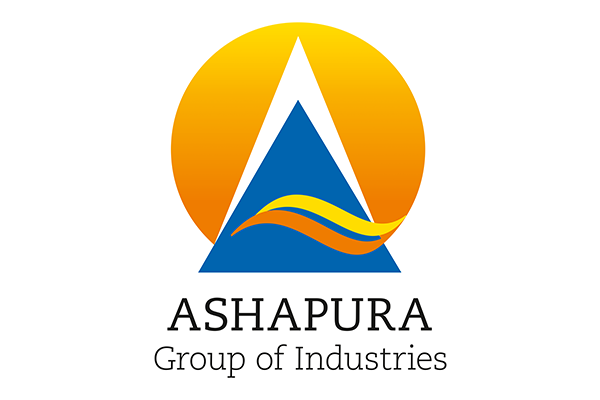
9. Ashapura Minechem Ltd.
Ashapura Minechem is a bentonite mining owner and exporter. Bentonite, bauxite, kaolin, other minerals, value-added goods, and iron ore are the company’s main products. It engages in the bulk minerals for industrial consumption, the derivatives market, and other businesses. Bentonite goods from the company are used in drilling, metal casting, and building.
It sells activated bauxite for lubricant and transformer oil purification. Minerals like barites, kaolin, and attapulgite are available. Bleaching clay, clay catalysts, geosynthetic clay liners (GCL), and calcined bauxite are the company’s other goods. Sodium and calcium bentonite reserves total over 45 million tonnes across the country. In India, the company operates activation, milling, and processing operations in many locales. Antwerp, Azerbaijan, Brazil, Nigeria, and Malaysia are the company’s interests.
The business formed Ashapura Aluminium Ltd, a wholly-owned subsidiary, in conjunction with China Aluminium International Engineering Company Ltd, to set up the Alumina Refinery Project. The Ministry of Environment and Forests and the Ministry of Commerce and Industry have approved. In Jamnagar and Baraya, the business has developed two export-oriented units for bauxite and bentonite, respectively.
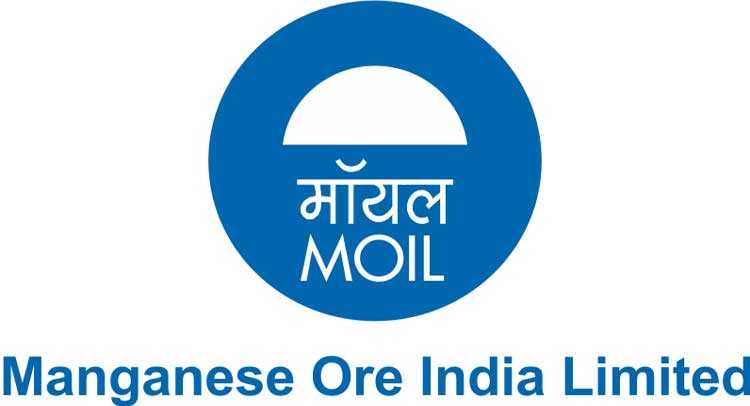
10. MOIL Limited
MOIL (formerly Manganese Ore (India) Limited) is an Indian state-owned manganese ore mining corporation headquartered in Nagpur. It is India’s largest manganese ore producer, with a 50 per cent market share. MOIL operates 11 mines in Maharashtra and Madhya Pradesh’s neighbouring areas. It is placed #486 among India’s top 500 companies, and 9th in the Mines & Metals Sector, according to the Fortune India 500 list for 2011.
The government sold around 20% of its stock in an IPO in December 2010. The government of India will own 10% of the 20 per cent, while the governments of Maharashtra and Madhya Pradesh will each sell 5% of the total stock. The central government owns 54 per cent of MOIL, while the two-state governments own roughly 11 per cent, and the public owns about 35 per cent.
The shares debuted at Rs.440 in 2011 plummeted to Rs.188 on July 13 and February 15 before returning to Rs.351 today. For every share held on September 28, 2017, the business issued one bonus share. In January 2021, the share price was around Rs.140.s




